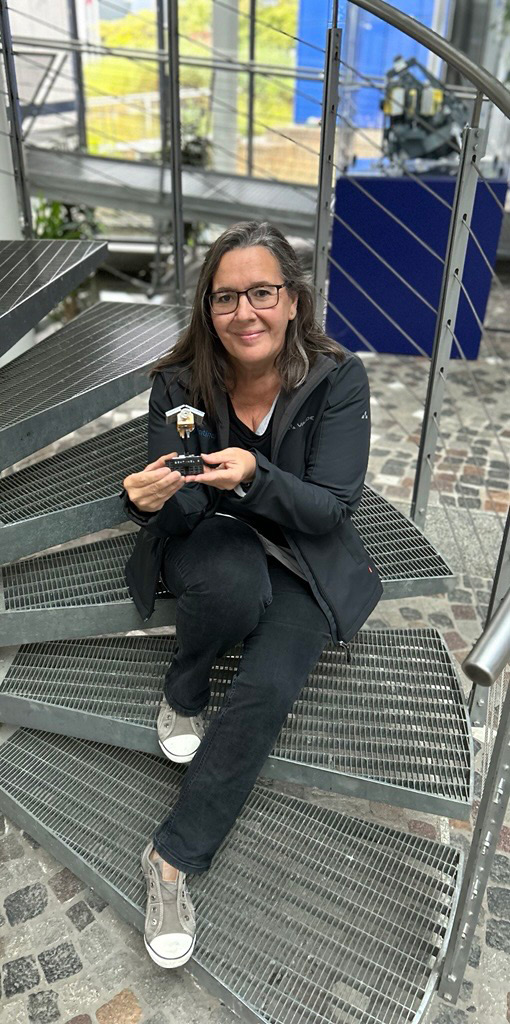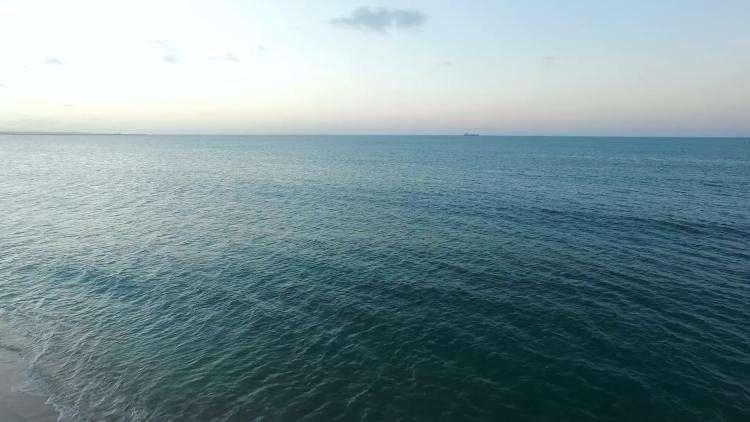Moving in the same direction
Meet Julia Figa Saldaña, one of many behind the Sentinel-6 mission
With the recent launch of the second of the Copernicus Sentinel-6 satellites on 17 November, we’re shining a spotlight on some of the experts who are making this mission happen.

Her work on this mission began many years ago, when she and her team started preparing for the first satellite in the series, Copernicus Sentinel-6 Michael Freilich. She is responsible for the ground segment, which consists of the infrastructure required to monitor and control the satellite, to acquire the scientific data from the instruments on-board, and to process and disseminate data products to people who use them.
Copernicus Sentinel-6 is a team effort. With EUMETSAT designated as system coordinator for the mission, Figa Saldaña is now responsible for coordinating with several partners and organisations to ensure the contributions of each one fit well with the others. Although this second satellite is identical to the first one, some of the ground segment technology has evolved and team members have changed since the launch of Copernicus Sentinel-6 Michael Freilich in 2020. This brings new challenges.
“We need to ask: do we have risks?” said Figa Saldaña. “If so, how are we mitigating them? Are these mitigation strategies in line with the policy of our organisation?
“Every partner has a different contribution to this mission. For example, we are responsible for most of the ground segment, whereas the European Space Agency built the satellite, the United States’ National Aeronautics and Space Administration contributed the launcher, and the National Oceanic and Atmospheric Administration provided one of the ground stations.
“Because Copernicus Sentinel-6 is a cooperative mission, it is important to make sure that we are all moving in the same direction.”
With the EUMETSAT Mission Control Centre having taken over operations of Copernicus Sentinel-6B on 19 November, just two and a half days after its launch, Figa Saldaña continues to be busy making sure the mission goes smoothly. The successful launch of the series’ second satellite marks an important step forward in the continuity of the Sentinel-6 mission, which plays a crucial role as the high-precision reference altimetry mission, against which other satellite altimeters are calibrated.
“The main reason for altimetry missions, and this reference mission in particular, is to continue a very important record of global mean sea level started in 1992 by TOPEX-Poseidon, the first oceanographic altimetry mission,” said Figa Saldaña.
“This record shows us that an increase in the sea level height is real. It is not a model, or something someone with a political agenda has invented. It is hard to look at one of these records of global mean sea level rise and not reflect on where our climate and our Earth are going. For me, this is a big deal. This is why it is important that we continue to extend this record into the future.”
Author:
Sarah Puschmann


